Spring has Sprung! Qing Ming, porcelain and flowers
After a lack of photos in the previous blog in March, the slightly warmer April weather has meant that we have all been a bit busier, with more blog-worthy things happening. April began by meeting up with a new Chinese friend I met at the language event mentioned at the end of my March blog. We walked and cycled around Tianjin to some places she knew well, and I took her to some of my favourite places in the city too. After a long walk in the morning across numerous bridges and around various parks to see the blossom (quite literally stopping to smell every flower), we stopped at one of her favourite places for lunch which serves Nanjing-style food (南京nánjīng, meaning southern capital). Food from the south of China is much sweeter than that of the northern part of the country, and people in the south tend to eat rice rather than noodles, unlike in the north where noodles are favoured. My friend grew up in Guangdong (广东) in the south of China, so she introduced me to her favourite dishes from the area.
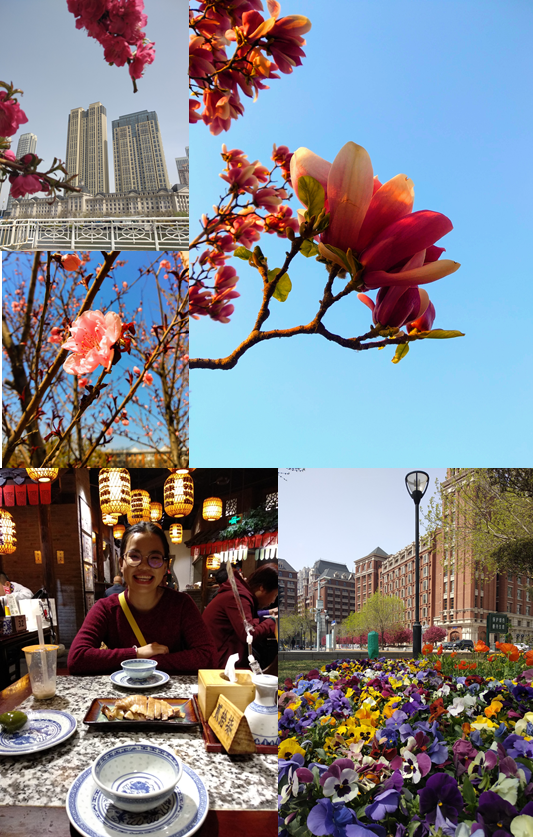
In the same week, I visited Porcelain House, a small three-storey building decorated on the outside with beautiful Chinese pottery fragments and larger pieces like vases. As it is the closest port city to Beijing, the capital, Tianjin was established as an important city strategically for Western powers colonising the China and the wider Far East, and was the Asian epicentre of the Second Opium War and other trade in the 1860s. Porcelain House is a very unique building which was first built in the 1920s in the French Concession in Tianjin. During the Chinese Cultural Revolution of the 1960s, a time of progression and turbulence in China, many French, British and Italian style buildings in Tianjin were destroyed, leaving relatively few buildings from that era.
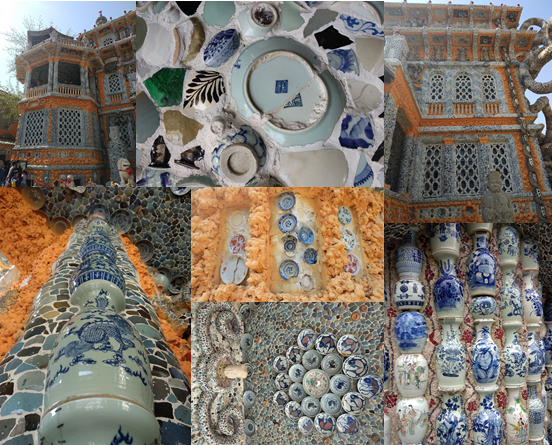
In early April, China celebrated the Qing Ming Festival (清明节) or the Tomb-Sweeping Festival. It is a national holiday where Chinese people return to their home cities to pay respects at their ancestors’ graves. Graves are often decorated with fake red flowers (red is a lucky colour in China); paper money is often burned and relatives offer tea, wine, and food as it is believed that relatives may need these things in the afterlife. (See below left for a picture).
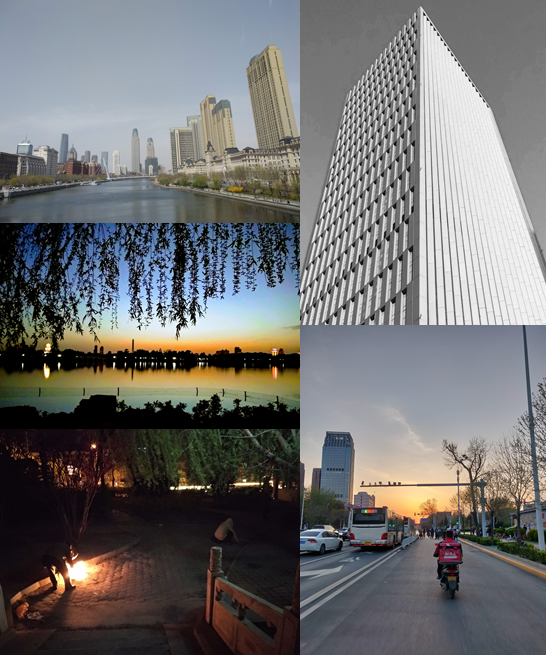
Chinese characters, or汉字 (hànzì), are used in the Chinese writing script, one of the oldest scripts in the world. Translating Chinese characters into English can be challenging, as each character can have multiple meanings, such as the character 明 (míng). This character can mean bright, to clarify, to understand and next (as in next year or next summer) all at once. All these potential translations mean that we have to use the context of the sentence and other characters to decipher the meaning of the character and sentence. Often slightly erroneously translated into English, mistranslation can make for some interesting signs. It is also seen as quite fashionable to wear clothes with English slogans on them, but often these are just collections of random words and it doesn’t really make sense to us in English.
Sometimes it seems like manufacturers or translators weren’t concentrating very much, and other times, it seems that Google translate makes mistakes too. Look out for some jogging ice cream and an apparently wet floor…
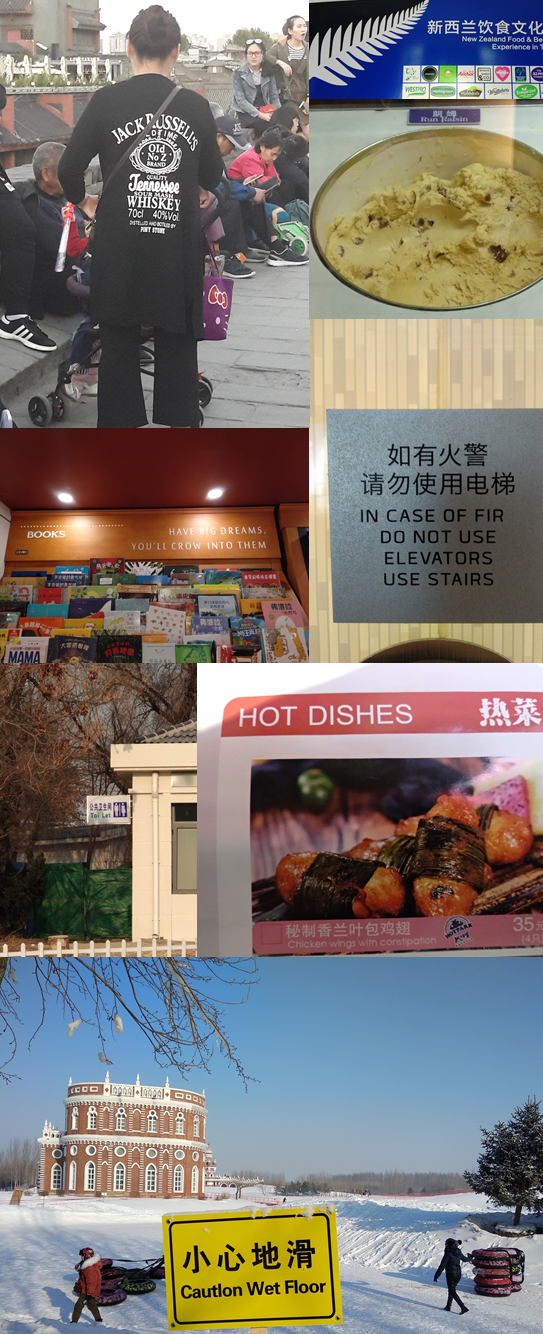
April has also seen a ‘Spring Snow’ visit us in Tianjin. A tree planting initiative from the 1960s saw millions of trees planted in the northern part of the country, particularly willow and poplar trees. However, only female trees were planted. This meant that every spring, the trees release catkins which are then carried by the breeze, gathering at corners of buildings and floating into people’s houses. The huge piles of it have earned it its name, as you can see below. This is by no means the worst it has been, though!
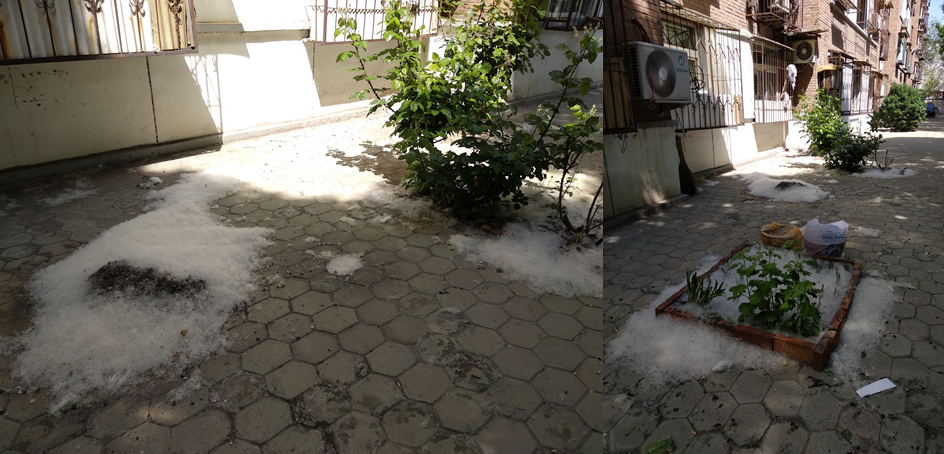
May will see another increase in temperature, hopefully one that means we can put away our gloves and hats for good, or at least until we need them again in July when we all come back to Scotland.